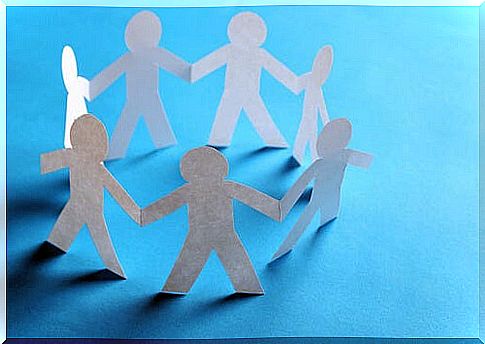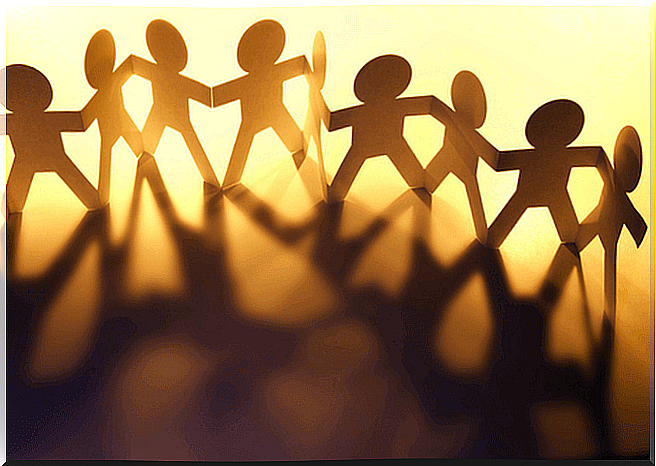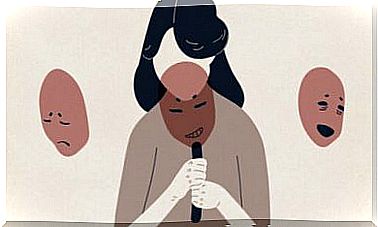The Welfare State: A Precious Commodity

The current model of society includes care and protection from the state. Governments, in some countries and over time, have been implementing social policies in search of greater equity and benefit of citizens. All these policies and measures are part of what we call the welfare state, although, like many other systems, there are different ways of carrying it out.
As Dieterlen (1988) says, by the Welfare State we understand a state that redistributes production, allocating a good part of its investment to certain education and health services, hence it is philanthropic. The danger is that distribution is often done independently of citizens’ needs, wants, and preferences.

Origin of the Welfare State
The Welfare State has its origin in the late nineteenth and early twentieth centuries. It arises in relation to working conditions and the workers’ demands, as well as their demands.
The term Welfare State began to be used in several countries, although with different expressions:
- New Dealen in the US.
- Welfare State in Sweden and the United Kingdom.
Later, after World War II and the economic crisis of 29, this term became general in almost all Western countries.
In addition, another of the phenomena that gives rise to the Welfare State is the arrival of capitalism. Faced with its ferocity, the State wanted to act as a counterweight to cushion the growing inequalities.
Thus, a system of social solidarity was launched in Western countries that aspired to correct injustices. This system, which sought the social progress of the population, would be taken over, little by little, by the State (Farge, 2007).
This does not mean that there is distributive justice, real equality or fairness in all aspects. It is important to clarify that, despite the “attempts” to guarantee equality and access to different resources in the so-called developed countries, there are many other parts of the world that still suffer from exploitation and poverty.
Definition of the Welfare State
As we have previously pointed out, the term welfare state was coined at the end of the 19th century and the beginning of the 20th. And, although there are different ways of defining this concept, all these ways revolve around the idea that it is a system of social policies that aim to protect the worker from the uncertainties that threaten him.
Some of the ideas about this term are, as Ríos (2011) collects:
- Welfare State (Cabrero, 2oo2) as that set of state institutions that guarantee a series of social rights exercisable by the vast majority of citizens. Rights that are developed through policies and programs of a redistributive nature based on intergenerational solidarity and supported by the basic idea of ”working citizen” who is subject to social rights.
- Pierre Rosanvallón identifies the foundations of the Welfare State with the emergence of the Modern State in the 18th century. Now, in Rosanvallón, the construction of the “Providence State” is not only a question of the nature of the State, but it implies a change in the perception that society has of itself. Society stops seeing itself as a body to conceive itself as a market.
- On the other hand, Holloway and Hobsbawm tend to identify the Welfare State with the Keynesian economic policies established since the postwar period. Both coincide in perceiving in Keynesianism a rethinking of the relationship between the State and the market, from which the greater intervention of the state apparatus in stimulating demand and investment will act as a mitigator of the depressive crises of the capitalist cycle.

Pillars of the Welfare State
Everyone knows that the Welfare State is based on four main pillars:
- Health.
- Education.
- Pensions
- Protection of families.
This last pillar, as Navarro (2009) says, is essential for the level of protection and the functioning of this state model to be optimal. For years there has been talk of three main pillars, ignoring the protection of families as a right, but very little by little and through laws on social services, this fourth pillar has been gaining space.
Navarro points out that, although the fourth pillar has gained weight, on the contrary its meaning has been reduced, going to include only dependency services and access to nursery schools having been eliminated from this right.
This change has had a strong impact since early childhood education is one of the first stones that are laid in the intellectual and emotional development of children.
Ultimately, maintaining and preserving the Welfare State is a responsibility loaded with privileges and obligations. A “complication” that makes sense in its purpose: to reduce the inequalities that the free market produces and to ensure a minimum amount of opportunities for people from the most vulnerable social strata.









